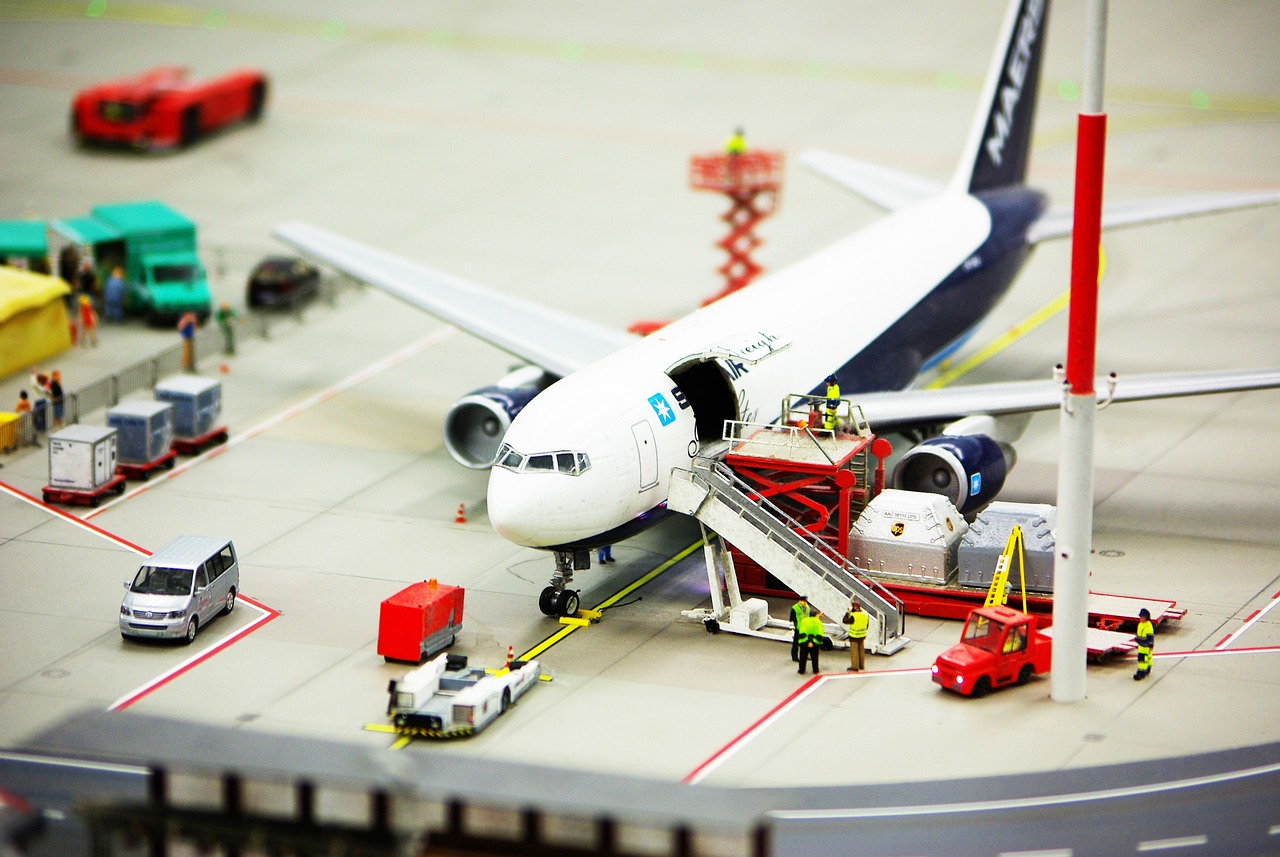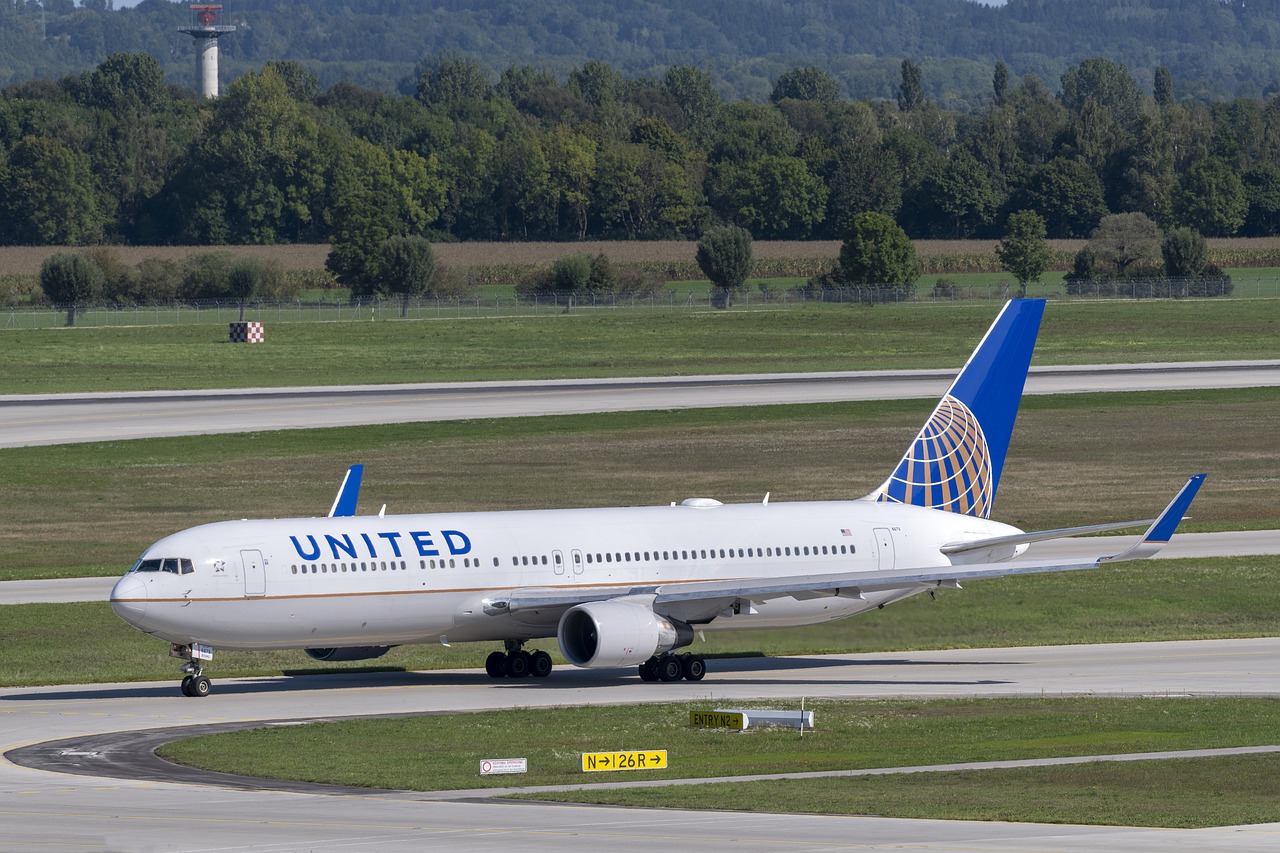
Operating an aviation business includes carrying out several intricate tasks that must be flawlessly integrated to ensure success. These corporate functions, which encompass all facets of the business, are crucial for the effective and efficient functioning of an airline. Let's examine some of the crucial business operations for an airline.
1. Operations
The task of running an airline daily falls under the operations function. It entails activities including scheduling flights, managing the crew, maintaining the aircraft, running ground operations, and providing customer service. An important part of this duty is making sure that flights take off and land safely.
2. Marketing and Sales
The airline's marketing and sales department focuses on promoting its offerings, luring clients, and boosting income. Market research, pricing plans, advertising, branding, loyalty programs, and collaborations are all part of this. The objective is to boost passenger traffic, improve the airline's standing, and foster repeat business.
The airline's financial operations are managed by the finance and accounting department. Budgeting, financial planning, cost and revenue management, financial reporting, and regulatory compliance are all included. The profitability and long-term viability of the airline depend on effective financial management.
3. Human Resources
The management of the airline's staff falls within the control of human resources. This includes hiring, education, performance management, handling employee issues, and making sure labor laws are followed. It is essential for creating a conducive work atmosphere, luring in and keeping talented workers, and supporting employee wellbeing.
4. Information Technology
Using technological solutions, the information technology function aids the airline's operations. It entails managing digital platforms, data analytics, cybersecurity, baggage handling systems, and flight operations systems. IT aids in process simplification, increases operational effectiveness, and enhances the passenger experience.
5. Supply Chain Management
This activity makes certain that crucial resources are promptly accessible for airline operations. Aerial equipment, fuel, replacement parts, catering services, and other supplies are all included in this. Maintaining service quality, reducing disruptions, and optimizing costs are all benefits of effective supply chain management.
6. Legal and Regulatory Compliance
This department's job is to make sure the airline complies with all applicable laws, rules, and standards. This involves adhering to laws governing labor, the environment, data privacy, and competition, as well as aircraft safety standards. Compliance is essential for protecting the reputation of the airline and minimizing legal and financial risks.
What Is The Airline Business Structure?
The business structure of any airline company depends on the type of airline service in operation. Currently, there are two major types of airline businesses, one of which comes with different structures, which we have detailed as:
• Full-Service Carriers (FSC)
This type of airline company is created from the former national carriers. This is done through a delegated market process, creating elements that have come to define its business structure as Maintenance, Passenger, and Cargo. With this type of structure in place, international, intercontinental, and Domestic routes are seamlessly covered in a specific time frame.
• Low-Cost Carriers (LCC)

The idea of Low-Cost Carriers started in the early 1970s in the United States. This model of aviation business was copied in Europe around 1991 before finding its way into the United Kingdom sometime in 1995. The type of airline company is created to compete with Full-Service Carriers (FSC) in terms of cost. To complete this task, an LCC depends on unique business models to achieve this purpose. Their destinations are always limited to the United States or the EU; the structural business features look similar to that of the Full-Service Carriers (FSC), except that there was no connection provided at the airport base, which also works as the airline’s maintenance and logistics base.
Conclusion
These business operations for an airline company work together to run a smooth and effective operation. Collaboration between these departments is essential for the airline to meet its strategic goals, provide excellent customer service, and continue to be profitable in a highly competitive market. The long-term viability of an airline business depends on efficient management and collaboration across these functions.




